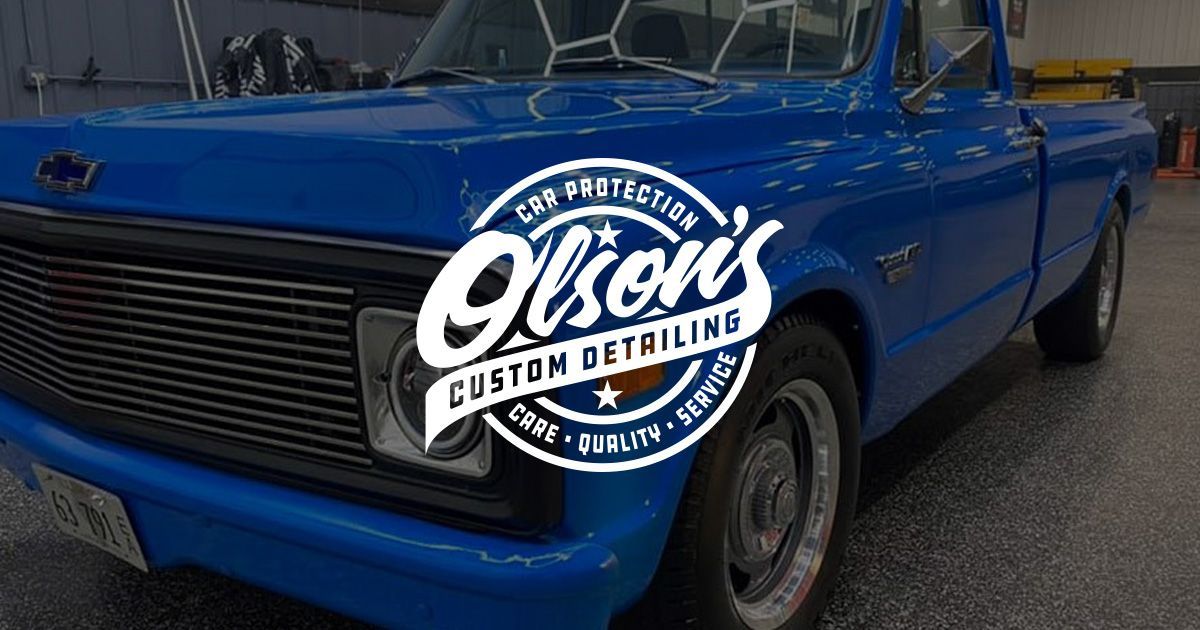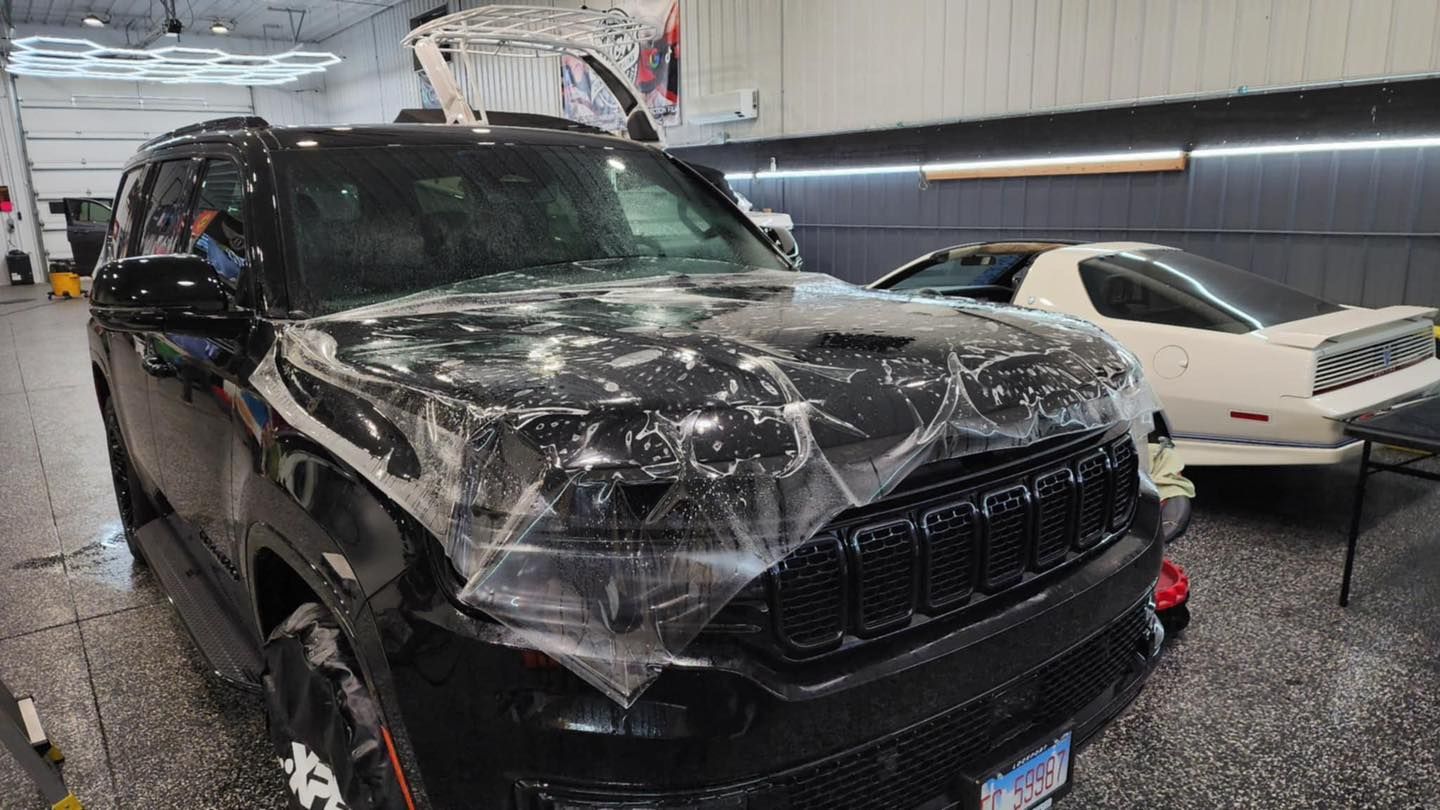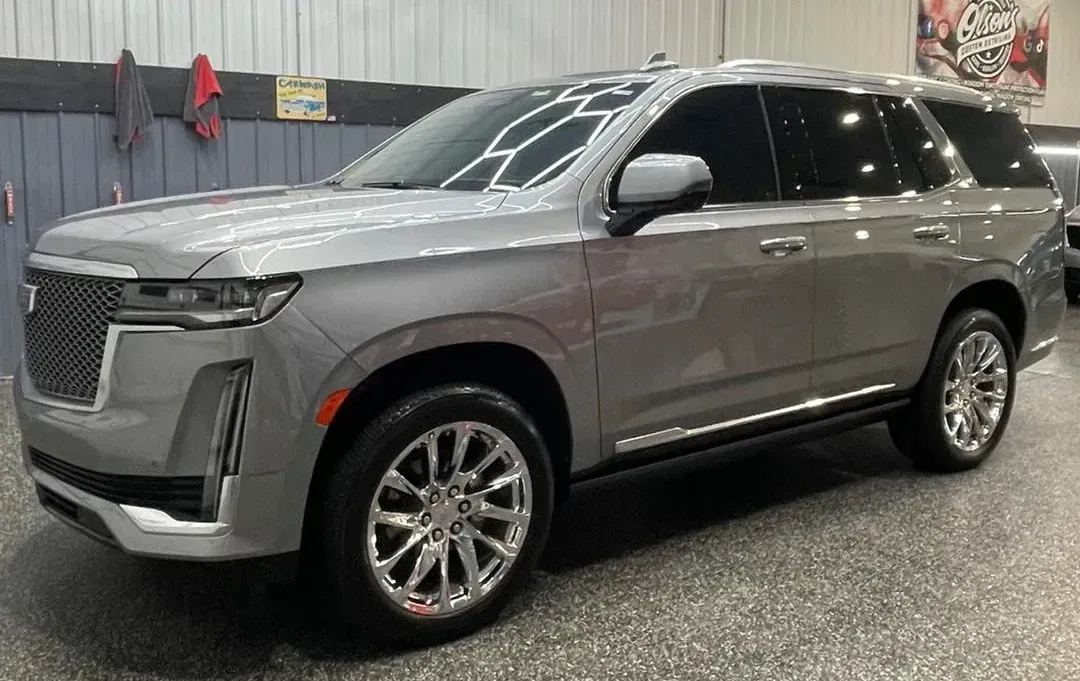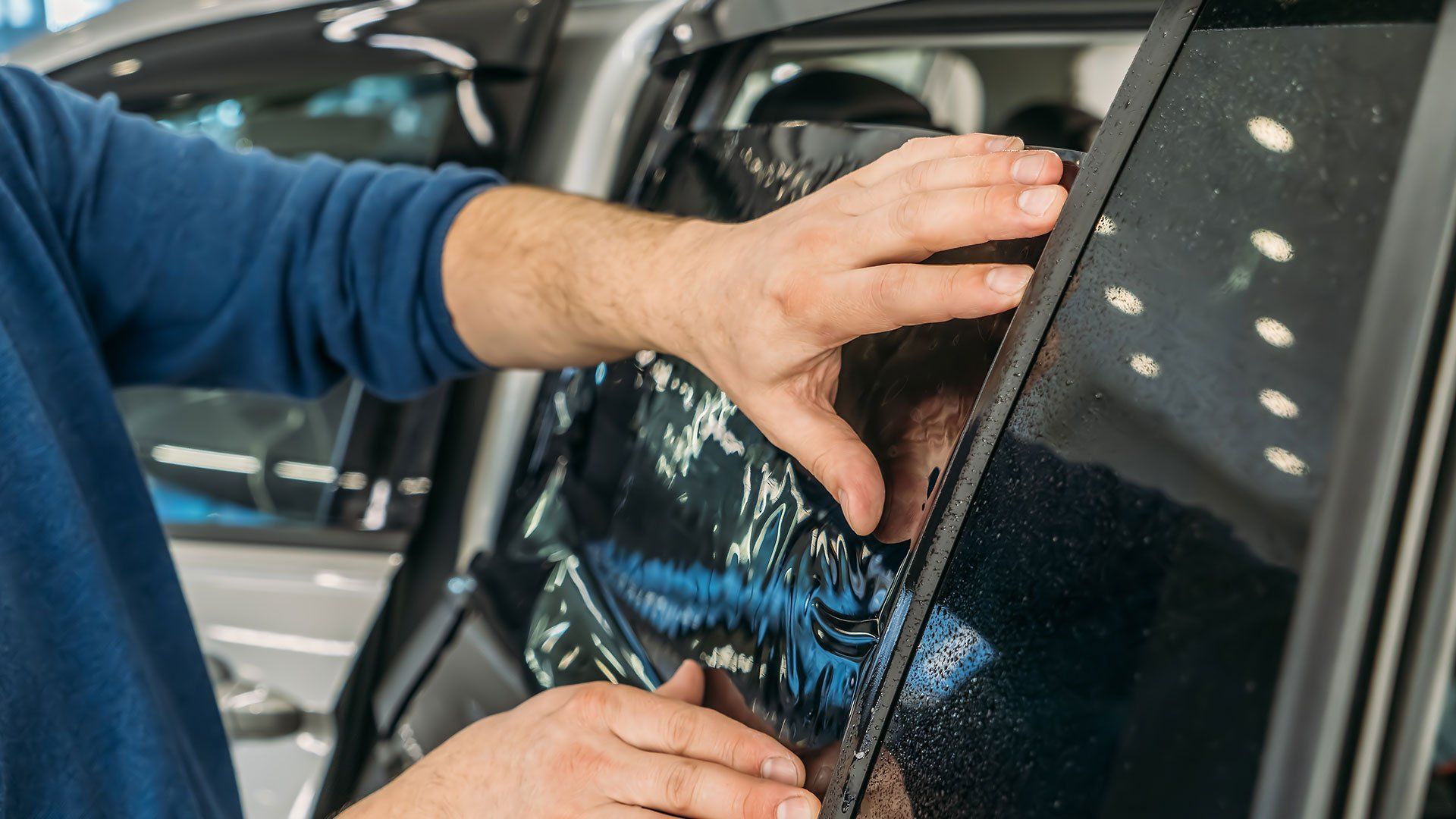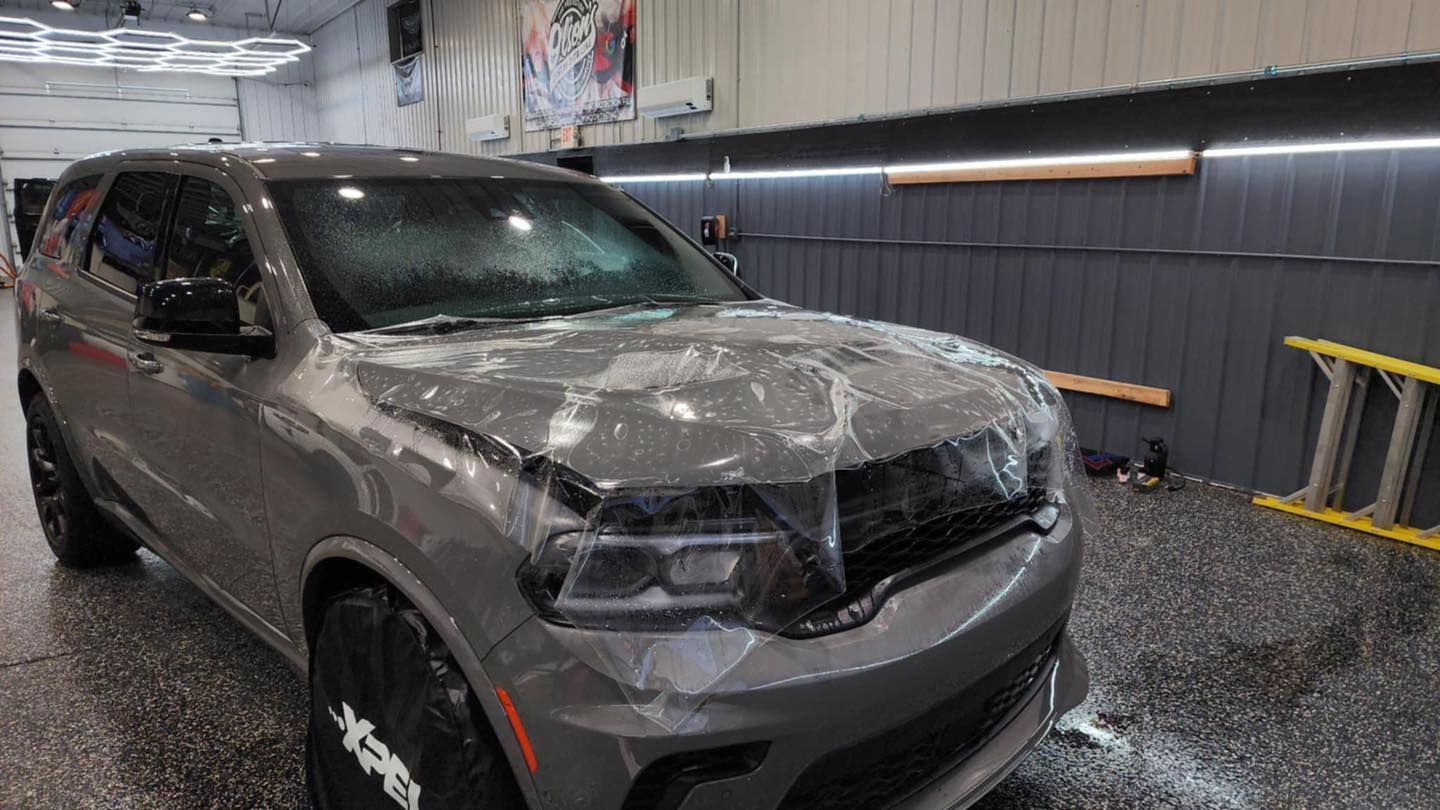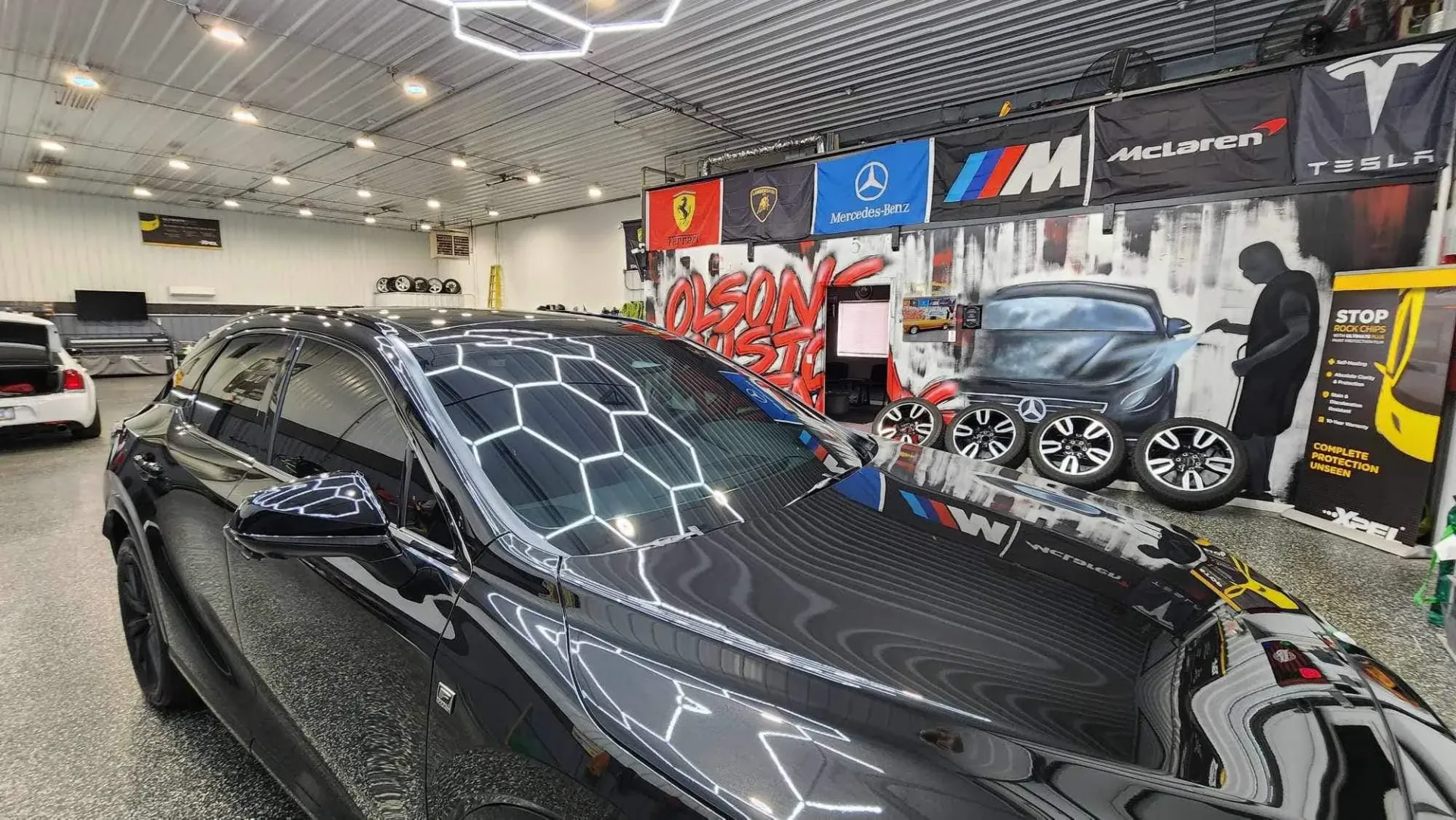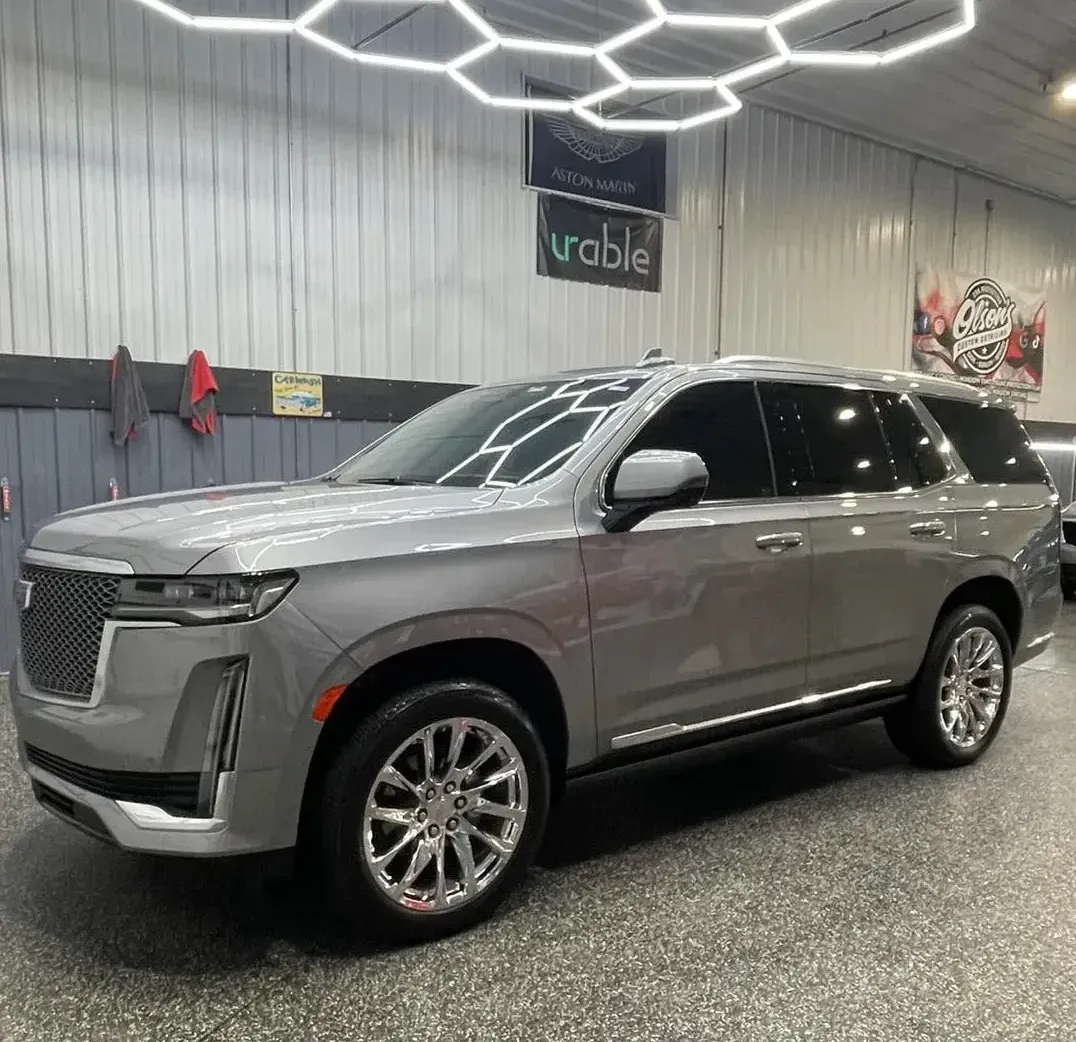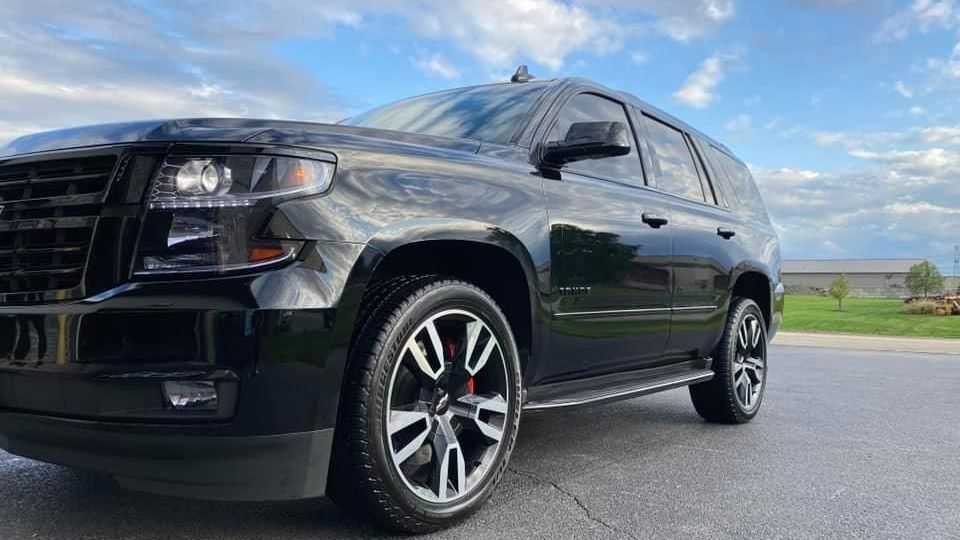When it comes to protecting your vehicle’s paint job, the decision to invest in ceramic coating is a smart one. Whether you’re a car enthusiast or a practical owner wanting to maintain the appearance of your vehicle, ceramic coating is the ultimate solution for long-term protection. However, when considering ceramic coating, one of the most common questions is: how many layers should you apply for maximum protection?
Think of ceramic coating as sunscreen for your car. Just like one application of sunscreen can provide a level of protection from UV rays, a single layer of ceramic coating can shield your car from some of the elements. But if you want to achieve the best results, multiple layers of ceramic coating will deliver stronger, longer-lasting protection. In this guide, we’ll explore everything you need to know about the optimal number of ceramic coating layers, the benefits of multiple layers, and the step-by-step process of applying them. Let's dive in!
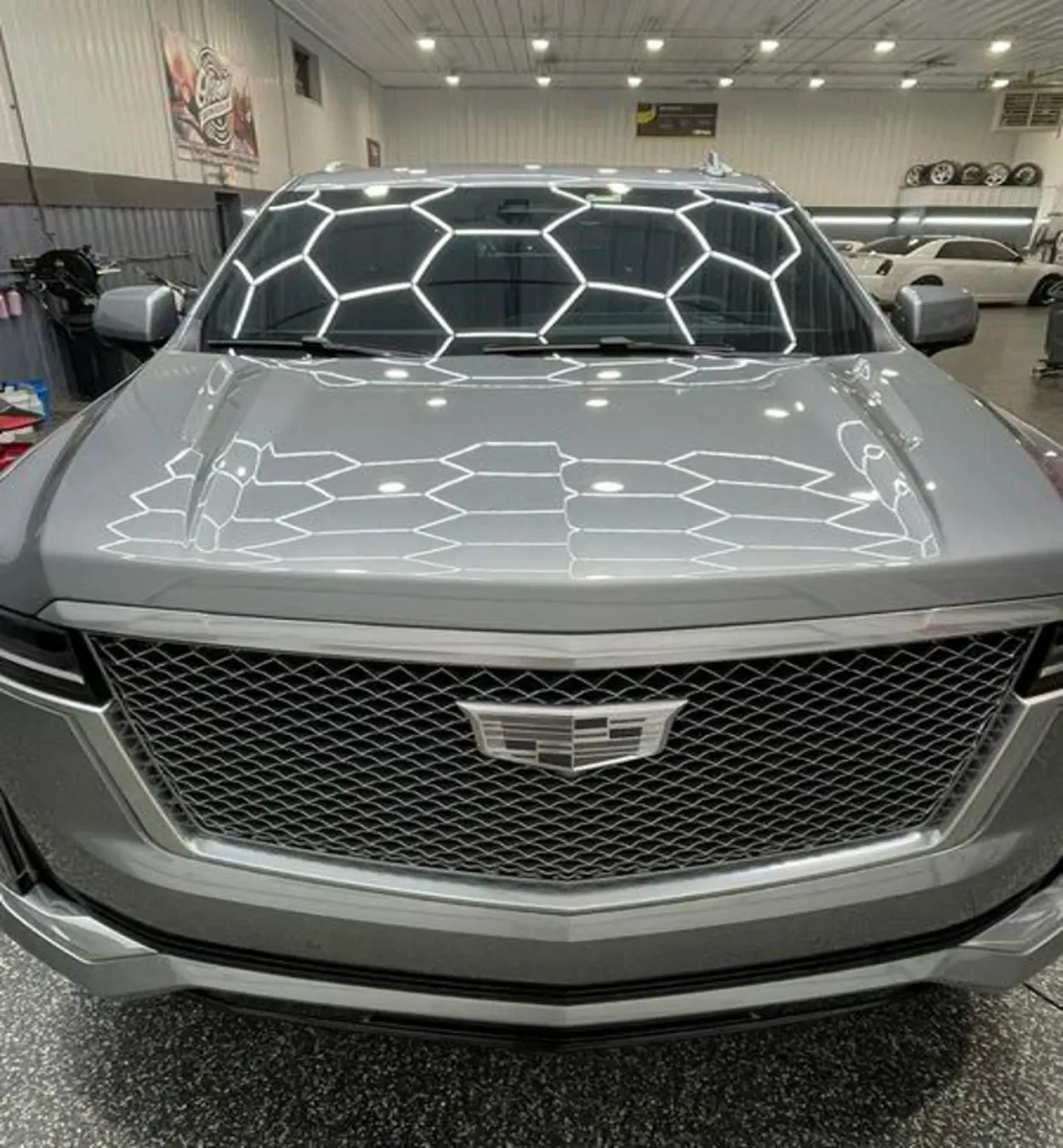
What is Ceramic Coating?
Before we talk about how many layers of ceramic coating to apply, let’s break down what it is and why it’s so effective.
Ceramic coating is a liquid polymer applied to the exterior surfaces of your vehicle. It chemically bonds with the paint, creating a durable, hydrophobic layer that repels water, dirt, grime, and other contaminants. This protective coating not only keeps your car looking pristine but also enhances its resistance to environmental damage, such as oxidation, UV rays, bird droppings, tree sap, and road salts. The coating also improves the vehicle’s shine, giving it that fresh-off-the-lot look.
While a single layer of ceramic coating can provide some of these benefits, adding multiple layers creates an even stronger bond, improving the coating’s effectiveness and longevity.
Why Add More Layers?
Enhanced Protection Against Environmental Elements
The primary reason to apply multiple layers of ceramic coating is improved protection. A single layer will provide basic protection against the elements, but by adding more layers, you increase the thickness of the protective shield. This added thickness acts as an even stronger barrier, especially against things like:
- UV rays: The sun’s harmful rays can cause paint to fade and oxidize over time. A single layer of ceramic coating will block about 70–80% of UV rays, while multiple layers can block up to
90-95%, providing much better protection against sun damage.
- Chemical contaminants: Bird droppings, tree sap, and road salts can cause damage to your vehicle’s paint if left untreated. The additional layers of ceramic coating help to protect your car’s surface by making these contaminants easier to clean off and reducing the risk of permanent staining.
Improved Hydrophobic Properties
One of the standout benefits of ceramic coating is its hydrophobic (water-repellent) properties. When you apply multiple layers of ceramic coating, the water beads up and rolls off the surface more effectively, keeping your car cleaner for longer. This makes it easier to wash and maintain your vehicle since dirt and grime have less chance to stick to the surface.
- First layer: The first layer provides a basic hydrophobic effect, causing water to bead up and roll off the surface, making your car easier to clean.
- Subsequent layers: Each additional layer enhances the hydrophobic effect, improving water runoff and making it even easier to maintain a spotless vehicle. With multiple layers, your car will stay cleaner longer, and you’ll spend less time washing it.
Increased Durability and Shine
The additional layers not only make your car more resistant to minor scratches and contaminants but also enhance its shine. Multiple coats of ceramic coating will result in a glossier finish that mimics the sleek, shiny appearance of a new car. This not only improves the vehicle’s aesthetic appeal but also enhances its resale value.
A vehicle treated with multiple layers of ceramic coating will retain its showroom shine for years with minimal maintenance. This long-lasting aesthetic appeal is one of the main reasons why car enthusiasts and professional vehicle owners opt for multiple layers.
Protection for Harsh Conditions
If your vehicle is exposed to harsh conditions, such as off-roading or extreme weather, the additional layers of ceramic coating will provide extra protection. Off-road vehicles, for example, face a higher level of physical damage from rocks and dirt. Multiple layers of ceramic coating act as armor, providing that extra level of protection in these tough conditions.
The extra layers also protect your car from the
elements in environments that are particularly tough on vehicles, such as cities with high levels of pollution, areas with heavy rainfall, or regions near the coast where saltwater can be a concern.
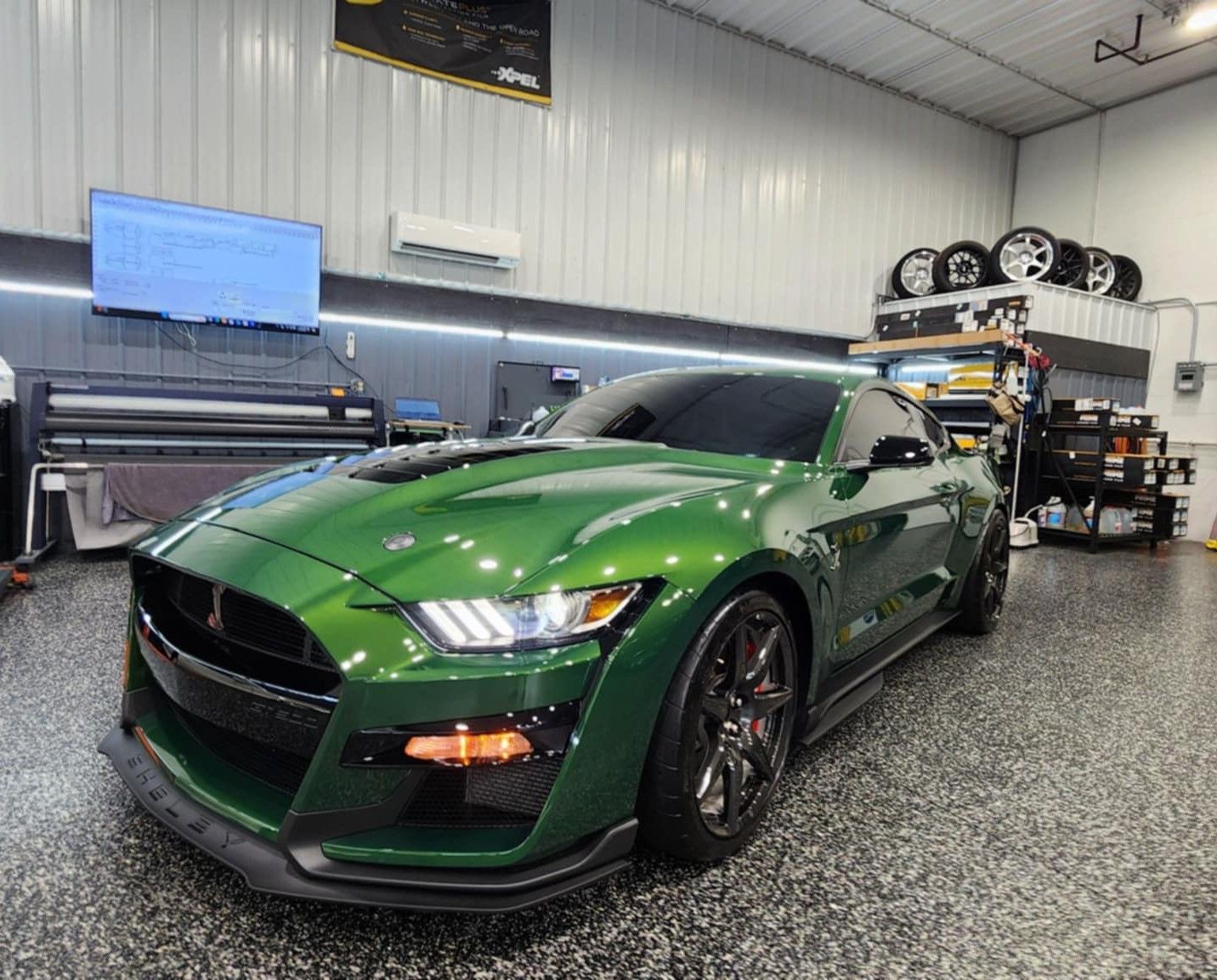
How Many Layers Should You Apply?
Now that we’ve covered the benefits of multiple layers, the next question is: How many layers should you apply for maximum protection?
Ideal Number of Layers
Experts generally recommend applying two to three layers of ceramic coating for the best balance between protection, cost-effectiveness, and long-term durability. Here’s why:
- Two layers: The first layer offers basic protection against contaminants and UV rays. The second layer adds extra strength, durability, and depth to the finish, increasing both the protection and the shine.
- Three layers: This is considered the
sweet spot for most vehicles. Three layers provide a solid, durable shield against UV rays and contaminants while maximizing the hydrophobic properties and shine.
While three layers are typically enough for most vehicles, there are cases where more layers may be beneficial:
- Off-road vehicles: For vehicles that face extreme conditions (e.g., rough terrain, off-roading),
four to five layers may be a good option to provide that extra resilience against harsh conditions.
- Luxury cars or show vehicles: For those who are looking for the
highest level of protection and
perfect aesthetics, applying more than three layers may be a good idea, especially if the vehicle is kept in pristine condition for shows or special events.
Top Coats for Enhanced Finish
After applying two to three layers, adding a top coat can further enhance the durability and shine of your vehicle’s finish. The top coat serves as an additional layer of protection, adding another level of hydrophobicity and a sleek, glossy finish. It’s like the finishing touch that ties everything together.
The Ceramic Coating Application Process
The process of applying ceramic coating is intricate, requiring patience, precision, and attention to detail. Below is a step-by-step guide for the optimal application:
Step 1: Surface Preparation
Proper surface preparation is essential for the coating to bond effectively with the paint. Begin by thoroughly washing the vehicle to remove dirt, grease, and contaminants. Even the smallest speck of dust can affect the adhesion of the ceramic coating. Use a clay bar to remove any remaining contaminants, ensuring the surface is as smooth as possible.
Step 2: Polishing
Next, you need to address any imperfections on the vehicle’s surface, such as swirl marks. Use a dual-action polisher to remove these imperfections, leaving behind a flawless surface. This step is critical because it helps maximize the effectiveness of the ceramic coating, ensuring it bonds properly to the paint and provides a smooth, even finish.
Step 3: Applying the Coating
Once the vehicle’s surface is clean and polished, it’s time to apply the ceramic coating. Work in small sections of about 2 feet at a time, using a foam applicator to apply an even layer of the coating. Be sure to apply the coating in straight lines to ensure an even application.
Allow the first layer to sit for several minutes (typically about 5 minutes), then gently buff off the excess using a microfiber cloth.
Step 4: Curing Time Between Layers
Allow each layer to dry and cure for the recommended time before applying the next layer. Typically, you should wait 3-4 hours between layers to ensure proper adhesion. The longer you allow each layer to cure, the better the bond, which results in enhanced durability.
Step 5: Maintenance
Once all layers have been applied and have cured properly, regular maintenance is key to keeping your ceramic coating in top condition. Wash your vehicle every two weeks using a pH-neutral shampoo to avoid degrading the coating. Avoid using automatic car washes, which can scratch the coating.
Consider using a maintenance spray every few months to refresh the hydrophobic properties and enhance the coating’s performance.
Final Thoughts
Investing in ceramic coating for your vehicle is a smart decision that pays off in the long run. By applying multiple layers, you maximize the protection, durability, and shine of your vehicle, ensuring that it stays looking pristine for years. Whether you’re maintaining a luxury car, an off-road vehicle, or a daily driver, ceramic coating provides the ultimate solution for long-term vehicle protection.
At Olson’s Custom Detailing Inc, we offer expert ceramic coating services that are tailored to your vehicle’s needs. Whether you're in Tinley Park, Joliet, Mokena, or surrounding areas, our team is here to help you achieve a flawless finish with top-quality products like XPEL and 3M.
Ready to protect your investment? Book your ceramic coating service today and experience the difference that Olson’s Custom Detailing Inc can make.
